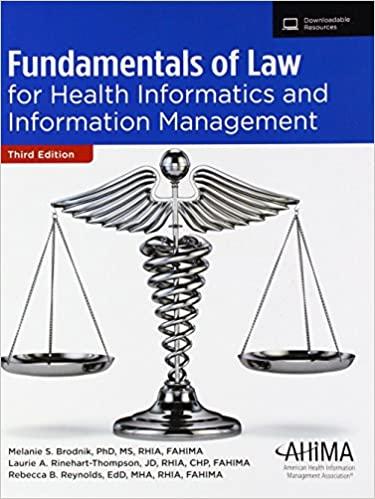Chapter 16 questions.
References: Patrick E. Hopkins, R. F. (n.d.). Cambridge Advanced Accounting.
P16.1 Origins and Objectives of Securities Legislation During the late 1920s, about 55% of all per- LO 1 sonal savings in the United States were used to purchase securities Public confidence in the business community was extremely high as stock values doubled and tripled in short periods of time. People believed the road to wealth was through the stock market, and everyone who was able participated Thus, the public was severely affected when the Dow Jones Industrial Average fell 89 percent between 1929 and 1933 The public outcry arising from this decline in stock prices motivated Congress to enact major federal laws regulating the securities industry Required a. Research the 1929 stock market crash, and describe the investment practices of the 1920s that con- tributed to the erosion of the stock market. b . Explain the basic objectives of each of the following. 1 Securities Act of 1933 2. Securities Exchange Act of 1934 C. Subsequent legislation resulted from abuses in the securities industry Explain the major provisions of each of the following 1. Foreign Corrupt Practices Act of 1977. 2. Insider Trading Sanctions Act of 1984. P16.2 Annual Reports to Shareholders and Form 10-K Public companies usually provide financial LO 4 information in two formats: the 10-K, and the annual report to shareholders. Required a What is Form 10-K, and what legislation requires that it be completed? b. What information not normally included in the company's annual report could be ascertained from the 10-K? c Indicate three items of financial information often included in annual reports that are not required for the 10-K P16.3 Quarterly Reports to the SEC The SEC sets forth specific guidelines as to what information must LO 4 be included on Form 10-Q, the quarterly report to shareholders. Required a. Corporations are required by the SEC to file a Form 10-Q. 1. What is Form 10-Q, and how often is it filed with the SEC? 2. Explain why the SEC requires corporations to file Form 10-Q. b. Discuss the disclosure requirements pertaining to Form 10-Q with specific regard to the following: 1 . Condensed balance sheet. Statement of income and comprehensive income LAWN Statements of cash flows. Management's discussion and analysis of the interim period(s). 5 . Footnote disclosures







